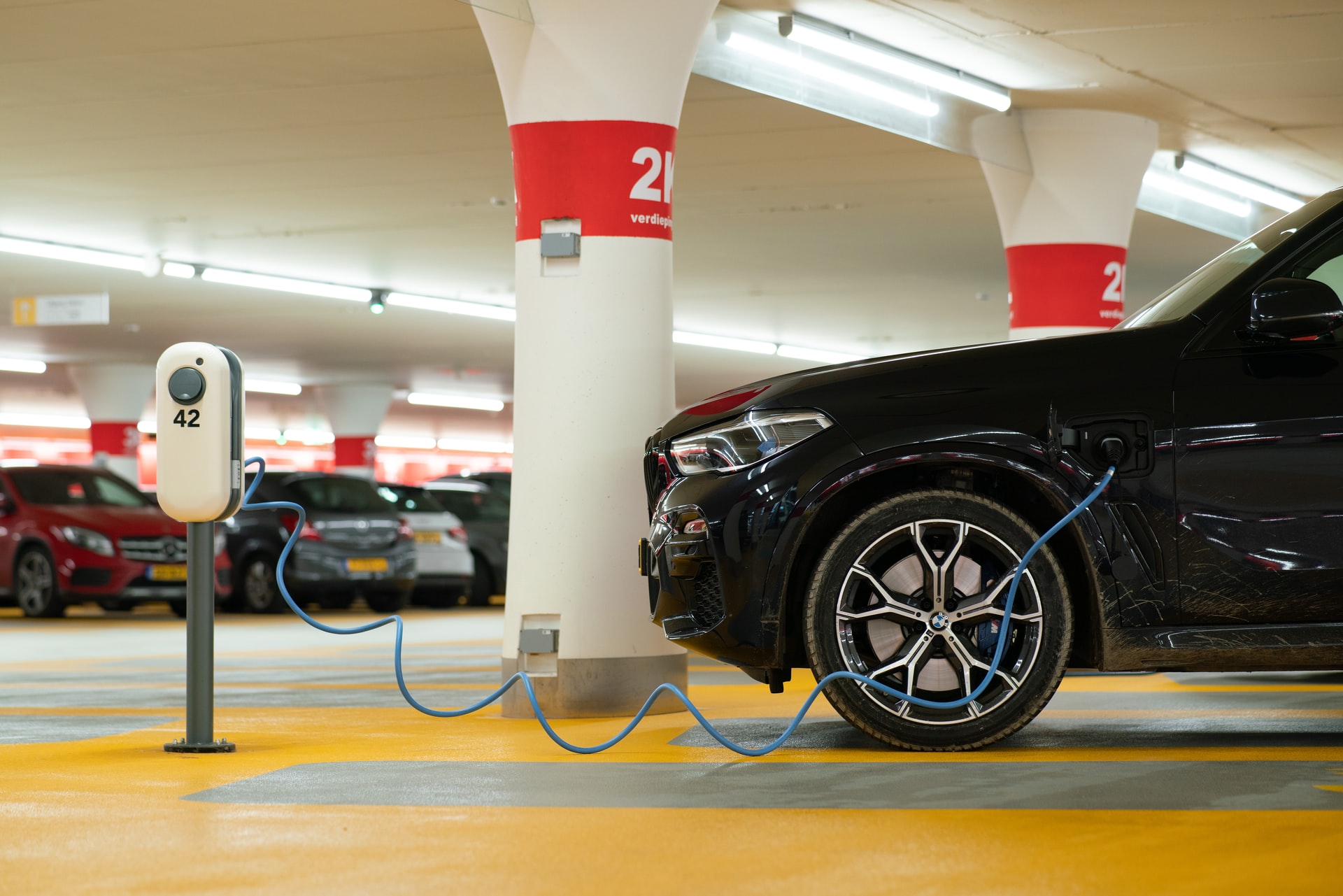The Future of Vehicles is Electric
Towards the end of the 19th century, when horse drawn carriages were giving way to self-propelled cars, fuel options included fossil fuels and electricity. As the industry evolved, fossil fuel burning vehicles became the norm. Battery electric vehicles (BEVs), meanwhile, remained on the fringes since there was only marginal interest in this segment. This was possibly because these cars had limited driving ranges.
Fast forward to the mid-1990’s. General Motors had launched a vehicle called the EV1. It supposedly did not register the expected sales figures and was, therefore, discontinued. There was once again a lull in the electric car segment until Tesla began developing an all-electric vehicle in the early 2000’s. During this period, there was also growing awareness of climate change and how vehicular pollution was a leading cause of ozone layer depletion.
Fortunately, there is a paradigm shift in consumer mindsets with regards to vehicle purchases. An increasing number of vehicle users are opting for BEVs – not only because they boast zero emissions but because they are easier to maintain, they drive smoother, and driving ranges have increased significantly. BEV sales soared between 2010 and 2020. In fact, according to a recent International Energy Agency report, “After a decade of rapid growth, in 2020 the global electric car stock hit the 10 million mark, a 43 percent increase over 2019, and representing a 1 percent stock share.”
Where is EV Taking Off?
With 4.5 million electric vehicles, China is currently the largest electric vehicle market. It saw 1.2 million new electric vehicle registrations in 2020. As a region, Europe recorded the largest increase in electric vehicle purchases in the same timeframe; its total fleet numbers 3.2 million. An estimated 3 million new electric cars were registered in 2020, of which 1.4 million were recorded in Europe alone. This made it the fastest growing region in terms of electric car mobility uptake.
The US ranked third; there were 295,000 new electric cars on its roads in 2020. Countries with the least number of electric vehicles were Cyprus, Greece, and Latvia. Norway, meanwhile, is the worldwide leader in terms of electric car adoption relative to its population figures. As an aggregate, there were over 10 million electric cars in use globally.
China’s growing electric car uptake is serviced by several domestic electric vehicle manufacturers. As of 2019, China’s domestic electric vehicle manufacturing sector accounted for as much as 85 percent of total market share. The country now boasts a well-established electric vehicle ecosystem comprising battery makers, expertise in electronics, and a focus on launching new products in short time spans.
Countries that Plan on Going Fully Electric
The UK plans to ban all vehicles that are solely powered by fossil fuels by 2030. Certain hybrids—meaning vehicles that use a combination of electric power and fossil fuels—will be allowed to ply. This move is expected to not only reduce vehicular emissions but also generate new jobs in the climate economy.
In case of the US, President Joe Biden has made a strong push for reducing greenhouse gas emissions. The current administration is targeting a 50 percent shift to fully electric vehicles by 2030. What is interesting to note is the resurrection of the Hummer brand. A little more than a decade ago, Hummer drew the ire of environmental activists for its highly polluting vehicles. Declining sales and negative publicity led its parent—General Motors—to axe the brand. In its current avatar, Hummer is an all-electric vehicle.
In emerging markets, the kingdom of Bhutan has been advocating electric cars for quite some time now. There was an agreement made with Nissan in 2014 that saw Nissan Leaf vehicles become a common feature there. Bhutan is also the world’s only carbon negative country.
The Signs are Positive
Much as countries have outlined stringent emission norms and plans for fully electric vehicle fleets, several vehicle manufacturers too are charting a similar course. Jaguar, for instance, is planning to only sell electric vehicles in just four years from now. Swedish automaker Volvo intends to accomplish the same target by 2030 and General Motors intends to do so too by 2030. Ford highlighted that it will only be selling electric vehicles in Europe by 2030. Volkswagen, meanwhile, is targeting 70 percent of its total sales in Europe to come from electric vehicles in the same timeframe.
Much like internet adoption that saw a rapid surge, the same is likely to be witnessed in the electric vehicle space. While the majority of users today will perhaps not have contemplated of an electric car, it will happen almost abruptly. Looking back, the smartphone metamorphosed the communications space in a span of no more than 3-4 years. Likewise, a similar trend will be witnessed in the electric vehicle sphere. It is the future.



